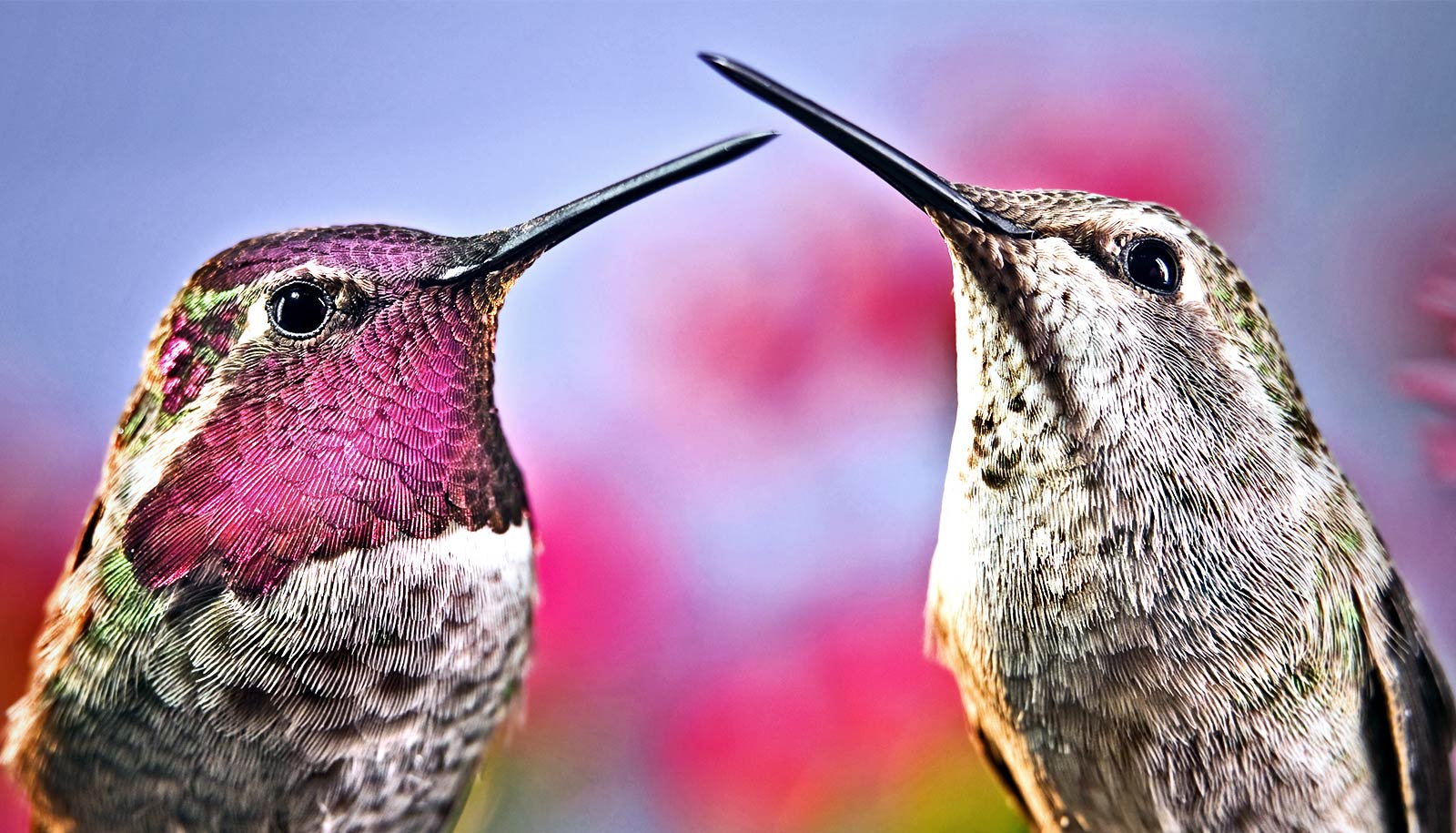Multiple hummingbird species—such as the giant hummingbird, Patogona gigas—have adapted to high altitudes in the Andes Mountains through genetic mutations that affect the same biochemical pathways. research finds.
This suggests it may be possible to predict the genetic changes necessary for evolving and adapting to new environments at the molecular level.
Creatures that transition from low to high elevations must evolve because of extreme changes in temperature, oxygen, and other factors.
Lead author Marisa Lim, a graduate of the doctoral program in the ecology & evolution department at Stony Brook University, says that the study shows “there is a predictability in the evolutionary machinery, primarily across biological pathways.”
The research team made their finding by sequencing thousands of genes of 12 hummingbird species in the Andes. Their paper appears in Genome Biology and Evolution.
To complete this sequencing, Lim conducted massive parallel computing on each gene to find out if genes had changed with the colonization of hummingbirds at high elevation habitats, explains coauthor Liliana M. Dávalos, professor of ecology & evolution and faculty member of the Institute for Advanced Computational Science. The researchers used high-speed computing to accurately identify the genes and any changes.
The researchers identified pathways, genes, and amino acid sites that were shared across high or low elevation hummingbird species. This finding may provide a basis for looking at biological pathway changes in other species to determine how they have evolved to geographic and climatic changes.
The National Science Foundation funded the study.
Source: Stony Brook University



